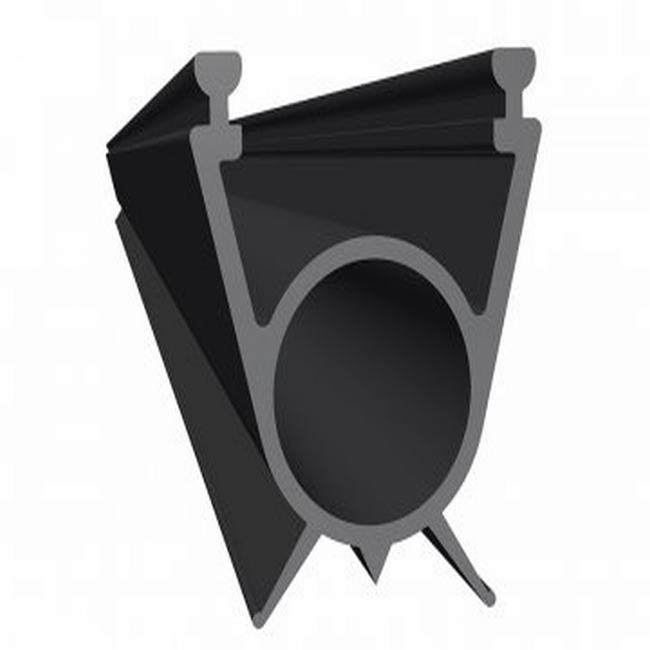Automatic door seals, also known as automatic door bottom seals or automatic door sweeps, are essential components used in automatic doors to provide an effective seal along the bottom edge of the door when it is in the closed position. These seals serve several important functions, including energy efficiency, soundproofing, and weather protection. Here’s a detailed description of automatic door seals:
1. Purpose and Function:
- Energy Efficiency: Automatic door seals create a tight seal along the door’s bottom edge when it closes. This seal prevents drafts and air leakage, helping to maintain the interior temperature and reduce energy consumption for heating or cooling.
- Soundproofing: In addition to improving energy efficiency, these seals help to reduce noise transmission by sealing gaps under the door, making them ideal for sound-sensitive areas like meeting rooms or sound studios.
- Weather Protection: Automatic door seals are designed to keep out rain, snow, dust, and debris when the door is closed, ensuring a comfortable and clean indoor environment.
2. Design and Operation:
- Automatic door seals are typically installed on the bottom edge of the door or within the door frame.
- When the door is in the closed position, the seal is automatically lowered or extended, creating a seal with the threshold or floor.
- When the door is opened, the seal retracts or lifts, allowing the door to swing or slide freely.
3. Types of Automatic Door Seals:
- Drop Bar Seals: These seals feature a drop bar that lowers when the door closes, creating a seal with the floor. They are commonly used in swinging doors.
- Automatic Door Sweeps: These have a flexible sweep or brush-like component that contacts the floor when the door is closed, preventing air and debris from passing underneath. They are often used in sliding doors.
- Adjustable Seals: Some automatic door seals are adjustable to accommodate variations in floor height or to control the compression force against the threshold.
4. Materials:
- Automatic door seals are typically made from materials that provide flexibility, durability, and resistance to wear. Common materials include rubber, silicone, neoprene, or thermoplastic elastomers (TPEs).
- The housing or casing of the seal is often made from aluminum or other corrosion-resistant materials to ensure long-term reliability.
5. Installation and Maintenance:
- Installation of automatic door seals is relatively straightforward and can be done during the door assembly or as a retrofit.
- Regular maintenance involves cleaning the seal to remove dust and debris and ensuring that the sealing mechanism operates smoothly.
6. Applications:
- Automatic door seals are widely used in commercial and industrial settings, including office buildings, hotels, hospitals, shopping malls, airports, and any place where energy efficiency, soundproofing, and weather protection are important.
In conclusion, automatic door seals are crucial components in commercial and industrial automatic door systems. They enhance energy efficiency, provide soundproofing, and protect against the elements, contributing to a comfortable and efficient indoor environment while also complying with building codes and regulations.






